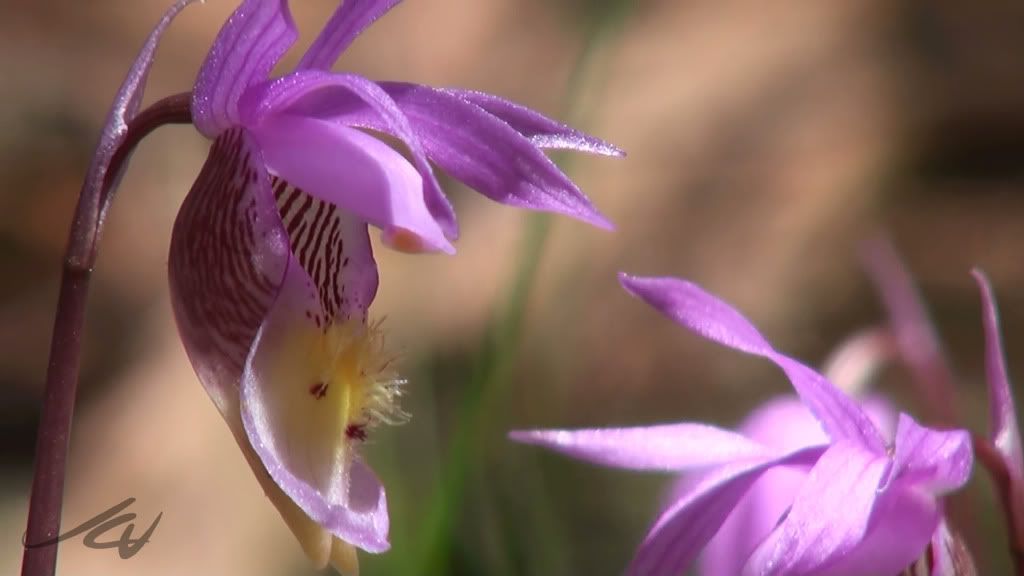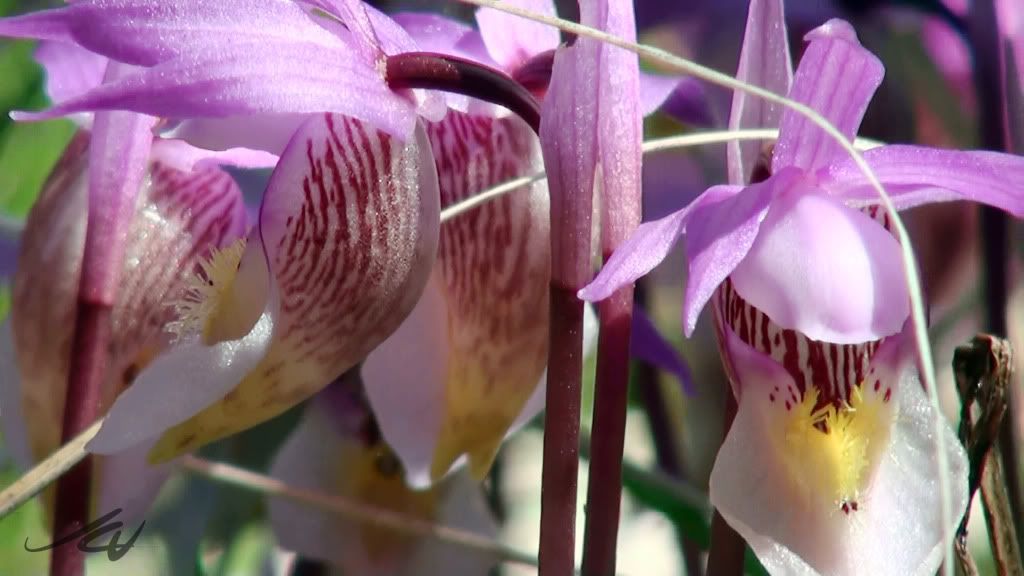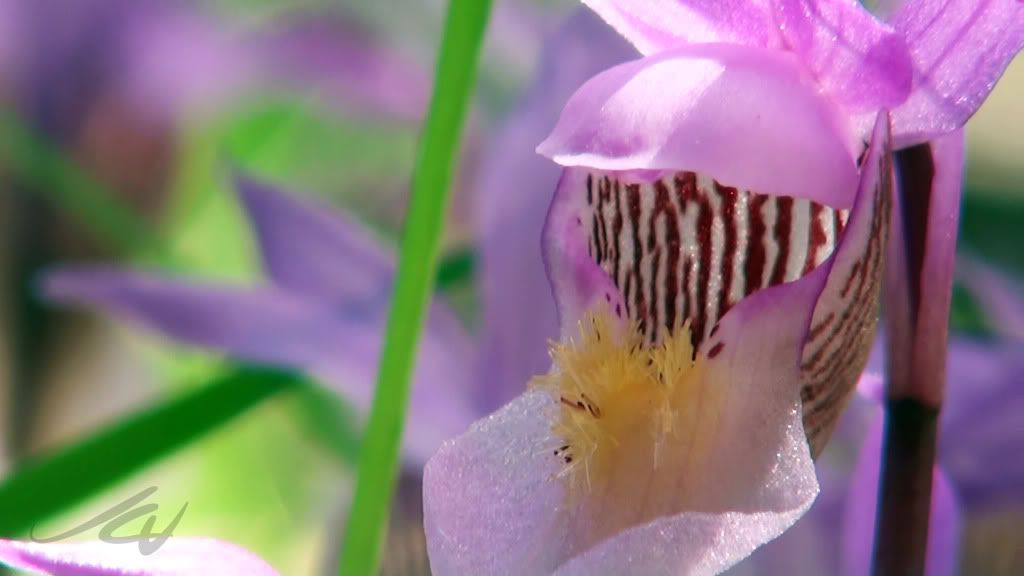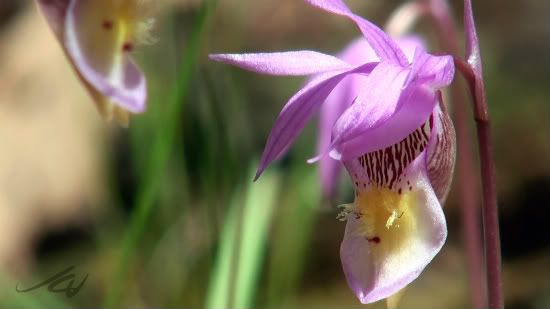Orchid Love?
Calypso orchid (Calypso bulbosa) is beautiful!
The following video is of the Calypso bulbosa var. occidentalis Orchid or calypso orchid that we came across June 3, 2011 in the Kentucky Alleyne Provincial Park of British Columbia, Canada. You can't imagine how excited we were to find it! Another YOLO experience!
Directions to the park:
- 38 km south of the city of Merritt or 11 km south of community of Aspen Grove,
- just off Hwy 5A.
- From the east, the park is 11 km. from Coquihalla Highway 97C on paved access.
The closest communities, towns and cities are Aspen Grove, Merritt, Princeton and Elkhart Lodge. See the link for maps.
Also know as Fairy Slipper or Venus's Slipper
A few facts. . .
The Calypso orchid (Calypso bulbosa) is a perennial member of the orchid family found in undisturbed northern and montane forests.
It has a small pink, purple, pinkish-purple, or red flower accented with a white lip, darker purple spottings, and yellow beard.
It has a small pink, purple, pinkish-purple, or red flower accented with a white lip, darker purple spottings, and yellow beard.
Calypso orchids are typically 10 to 14 cm in height.Their little purple blooms can be a pleasant sporadic sight on hiking trails from late March onwards, though in the more northerly parts of their range they do not bloom until May and June. The plants live no more than five years.
Where are they found?
We found these by a happy accident!
This species' range is circumpolar, and includes the western states and most of the most northerly states of the United States; Canada ; Scandinavia (northern Sweden and Finland), the northern part of European Russia; eastern Siberia; and Japan—see external links for map. Four varieties are recognized: var. americana and var. occidentalis, which are found in North America, respectively east and west of the Sierra Nevada ranges; var. bulbosa in most of the Eurasian range; and var. japonica in Japan.
Threatened & Endangered!
logging is a serious threat . . .
Although the calypso orchid's distribution is wide, it is very susceptible to disturbance, and is therefore classified as threatened or endangered in several US states and in Sweden and Finland. It does not transplant well owing to its mycorrhizal dependence on specific soil fungi. The corms have been used as a food source by North American native peoples, though this is not recommended now because the sites for these plants are now rare and easily destroyed. The Thompson River Indians of British Columbia used it as a treatment for mild epilepsy.
Their beard serves a purpose
The calypso orchid is most often pollinated by queen bumblebees. It relies on "pollination by deception", as it attracts insects to anther-like yellow hairs at the entrance to the pouch and forked nectary-like structures at the end of the pouch but produces no nectar that would nourish them. Insects quickly learn not to revisit it. Avoiding such recognition may account for some of the small variation in the flower's appearance.
Credits:
Wikkipedia for orchid facts
Joe Vass of JCVdude on YouTube for video
Cindy Aspden of JCVdude for Photos
(All video & photos are copywrited & the property of Joe Vass & Cindy Aspden)
QR code generator





No comments:
Post a Comment